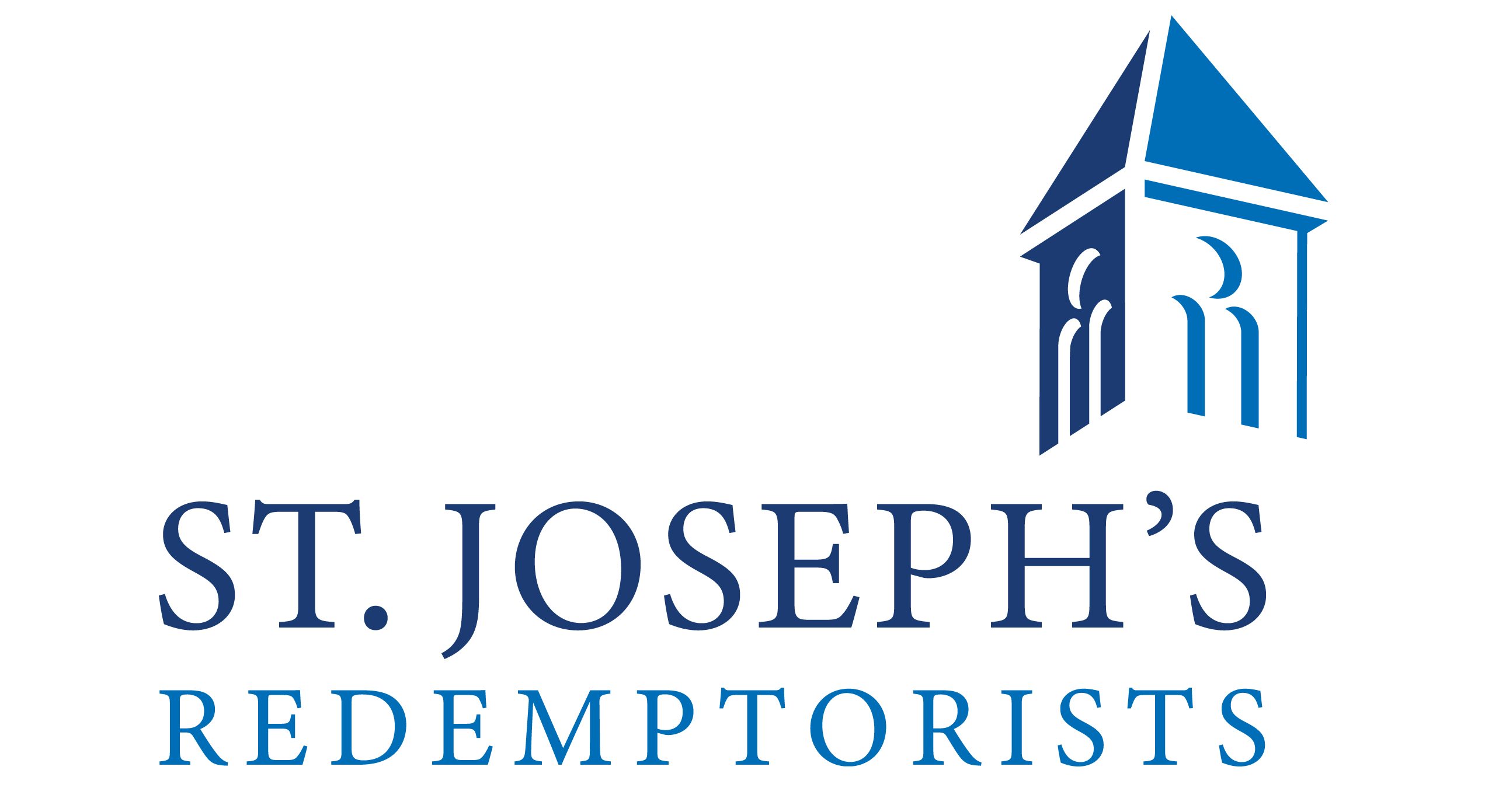Long before the C.I.E. Railway Yard and “the Hill” appeared and then disappeared to be replaced by Louth County Hall and Dundalk Swimming Pool, the Romanesque Church and Monastery of St Joseph were already well known in Dundalk and in the surrounding area.
The Redemptorists arrived in Dundalk in 1876 and established a Monastery on St Alphonsus Road, then known as Windmill Road. “The Missioners”, as many local people called them, became household names when, in 1892, the beautiful Church of St Joseph was built. Standing proud and beautiful in glinting granite hewn from Newry quarries and with a warm interior resplendent in coloured marbles and intricate mosaics, St Joseph’s Redemptorist Church soon endeared itself to the hearts of all who worshipped there. Over the years it has cultivated the same intimate relationship with successive generations.
A NEW PARISH IS BORN
In the 1970s, with steady industrial development and with significant population growth in Dundalk, the Archdiocese of Armagh decided to create new parishes for the town. One of these was our parish of St Joseph’s, which formally came into being in February 1976. From their arrival in Dundalk the Redemptorists became famous for the preaching of their great missioners, their numerous devotions and the voice of their famous choir.
Exactly one hundred years after their arrival in Dundalk, Cardinal Conway, then Archbishop, further cemented the Redemptorists’ influence upon this town by entrusting one of its new parishes to their care.
The Rector at St Joseph’s at the time of the creation of the parish was Fr Charles McNiffe CSsR. Like Fr Harbison CSsR who had founded the Monastery, Fr McNiffe had a good knowledge of the neighbourhood. For many years he had lived in the area when he was engaged in the direction of Redemptorist novices and personally was fully prepared for the pastoral demands that a parish would make on his community. It was in his time (1972-1975) that St Joseph’s Parish was formed and the boundaries that separate it from St Patrick’s were drawn up. St Joseph’s Parish can be described as ‘the land of the three rivers,’ for it is geographically bounded by the Castletown, Blackwater and Ramparts rivers.
The parish holds the ground from which, according to ancient sage, Queen Maebh at Ath Liathan (“broad ford”) made the final assault on Ulster in her pursuit of the Brown Bull of Cooley!
On Sunday, February 15th, 1976 Cardinal Conway installed Fr Michael Clancy CSsR as the first Administrator of St Joseph’s Parish and Fr Art McCauley CSsR as his curate. To Fr Clancy fell the great task of building up, organising, nourishing and structuring the new Parish till it assumed a life of its own. Through great dedication to the task that aim was achieved. When Fr Clancy retired in 1989, Fr Brian McGrath CSsR took over the mantle of Administrator. Ably assisted by Fr Patrick Scott CSsR, and then by Fr Cathal Cumiskey CSsR, Fr McGrath consolidated and expanded the work of his predecessor. The parish clergy made St Joseph’s Parish a proud centre of community activity and pastoral care. St Gerard’s Hall and St Brigid’s Community Centre on the Point Road grew as focus-points for senior citizens and the activities of the youth of the Parish. Fr John McAlinden CSsR succeeded Fr McGrath as Administrator in 2000 and built upon the care and initiative exhibited by Fr Brian. The Church and liturgy continued to flourish under new waves of Ministers of the Word, Martha Ministers, Eucharistic Ministers, musicians and collectors.
Fr Gerry Cassidy CSsR in 2002, Fr Eamon Hoey CSsR in 2005, Fr Richard Delahunty CSsR in 2008, Fr Michael Cusack CSsR in 2011, Fr Brendan Callanan CSsR in 2015 and Fr. Noel Kehoe CSsR took over as Administrator in 2019.
The active involvement of lay co-workers in the goings-on and life of the Parish goes on apace as new challenges are faced within an ever-expanding Parish community.
The Parish now has over 1,700 homes with over 4,813 of a population.
The Parish area includes Lisnaree, Cluan Enda, Oaklawns, Meadow Grove, St Alphonsus Road and the Villas, Barrack Street, Quay Street, Hyde Park, St Clement’s Park, Mountain View, Mountain View Crescent, Mountain Court, Peter’s Street, St Gerard’s Square, St Joseph’s Park, the Navvy Bank, Coe’s Road, Point Road, Red Barns Road to the Blackwater, Greenwood Drive, Manydown Close and new estates, Cooley Park, Lennonstown Manor, Lennonstown Green, Lennonstown Close, Lennonstown Avenue, Lennonstown Crescent, Barrack Close, Siúl (Súil) na Mara, Belfry Gardens, Belfry Close, Belfry Drive, Belfry Avenue, The Meadows, Riverside Drive, Brookwood Lawns, Waterview, Seacrest Manor, and Wilton Green.

 Donate
Donate Webcam
Webcam Facebook
Facebook
